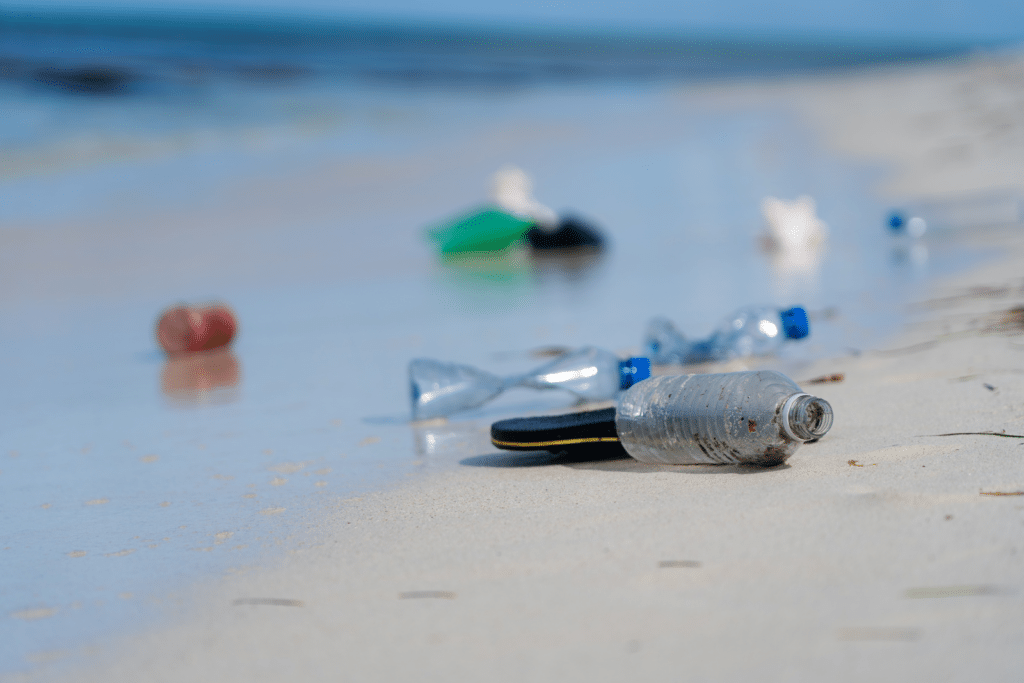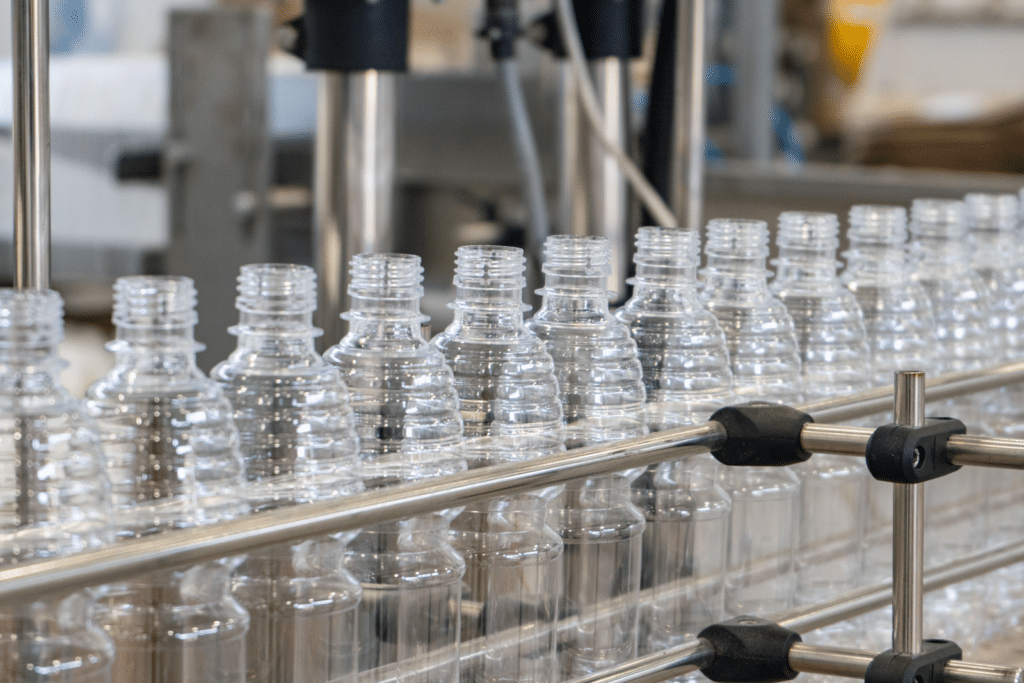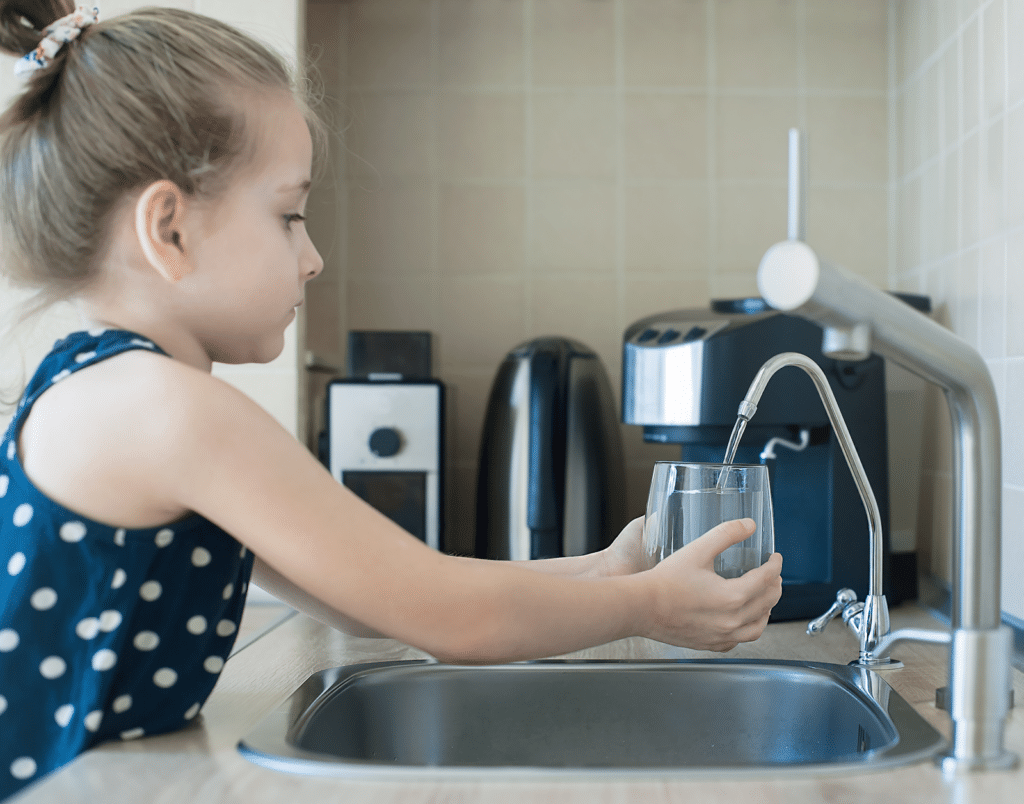At DeAnza Water Conditioning, Inc., we know that water is an essential part of the lives of those in the Silicon Valley and Bay Area and that the quality of water we consume plays a crucial role in our health and well-being and benefits us in ways we might not always realize. So what is the best water to drink?
Let’s dive into the topic of drinking water, critically assess the pros and cons of bottled water, and talk about an alternative that may be more beneficial to you and your wallet. Our goal is to help you make an informed decision about improving the quality of the water you drink that is best for you and your family while also considering your impact on the world around you.
The Bottled Water Landscape
Many bottled water brands have gained popularity in recent years. In some instances, it tastes great, it may contain essential minerals, and we’ve been led to believe it’s safer than drinking tap water. That bottle of spring water purchased at the store may have added electrolytes, a high mineral content, and be convenient when you are on the go. However, it may not be the most sustainable, safe-to-drink, or cost-effective long-term solution for clean purified water. Why?
It’s critical to consider some common misconceptions. According to the Environmental Working Group (EWG), the quality of bottled water can vary widely, with some brands sourcing their “purified” water from the same municipal supplies as normal tap water.
Some bottled waters showed the exact same “chemical signature as standard municipal water”. That’s right! Plain water! Other brands showed an alarming variety of chemical compounds. This gives a whole new meaning to the phrase “bottled at the source.” Another drastic difference is the cost to the end consumer – you.
Additionally, choosing bottled water can have a substantial environmental impact. A conservative estimation by The Ocean Cleanup Organization showed that 1.15 to 2.41 million tons of plastic end up in our oceans each year, partially due to plastic bottle production and waste.
It’s not just the buildup of tons of plastic in our environment either. The bottles take much more energy and water to produce than you might realize. According to data collected by the Pacific Institute, a non-profit research institute created to provide independent research with a particular focus on freshwater issues, bottled water production is up to 2,000 times more energy-intensive than tap water.
The energy used is typically supplied by natural gas and petroleum, along with electricity from the local grid. Worldwide, it is equivalent to using approximately 50 million barrels of oil per year. According to the EPA, approximately one ounce of carbon dioxide is emitted for each ounce of polyethylene (PET) produced. PET is the type of plastic most commonly used for beverage bottles. That’s before the bottling process of filling each with water was even taken into consideration.
Water Treatment
To determine the best option for your drinking water, it’s crucial to acknowledge that different water sources come with unique challenges. A water test is the only way to know the quality of the tap water in your home and to determine if it is safe to drink. Let’s explore some common water quality issues for municipal and well water.
Contaminants: If your water source contains contaminants like bacteria, viruses, heavy metals, chlorine, or volatile organic compounds (VOCs), you’ll need a filtration system that can effectively remove these. According to the Centers for Disease Control and Prevention (CDC), contaminated water can potentially lead to serious health issues and may not be safe to drink.
Taste and Odor: Unpleasant tastes and odors can result from chemicals, minerals, or organic matter in your water. Improving the taste and odor of your drinking water can enhance your overall satisfaction with tap water, increasing the likelihood that you’ll stay hydrated.
Sediment: If your tap water appears cloudy or has visible particles, a sediment filter can help clarify it. Sediment issues were reported by the United States Geological Survey as one of the main concerns for well water users.
Reverse Osmosis Systems Excel for Drinking Water
There are many water purification methods available. For drinking water, reverse osmosis (RO) systems stand out as a compelling choice for the best drinking water. There are several reasons why RO systems are often considered one of the best options.
Purification Process: RO systems use a multi-stage filtration process, including a semipermeable membrane, to remove contaminants, bacteria, and even dissolved solids from your tap water. This result is filtered water that is exceptionally pure and meets stringent purity standards.
Healthy Water: According to the Water Quality Association (WQA), RO systems are an effective solution for reducing foreign matter, including lead, arsenic, and other impurities in your water. The Environmental Protection Agency (EPA) says that RO systems are also more than 90 percent effective at removing a wide range of PFAS from water.
Great Tasting Water: Another one of the most noticeable advantages of RO systems is their ability to significantly enhance the way your water tastes and reduce the odor of your drinking water. No one wants smelly, foul-tasting water, especially since smell and odor are often caused by contaminants. RO is one of the approved methods from the WQA for reducing both odor and smell in your water. Most systems can also be customized with end-stage filters that reintroduce essential minerals giving you that refreshing taste you’ve come to love from spring water but right from your tap.
Minimal Waste: RO water filtration systems also produce minimal waste compared to the continuous production and use of disposable water bottles associated with our on-the-go culture, helping us do our part to control increasing plastic pollution. According to Earth Island Journal, approximately one million plastic bottles are bought every minute around the world, contributing to our increasing environmental challenges.
While the initial investment in an RO system may seem higher, the long-term savings compared to bottled water purchases make RO systems a cost-effective choice for filtered water over time. The Natural Resources Defense Council (NRDC) notes that people spend 240 to over 10,000 times more per gallon for bottled water than they typically would for tap water.
Could RO be Best for Your Water?
When it comes to selecting the best water to drink, RO systems frequently emerge as a top-tier choice. These systems provide an effective means of purifying water and removing a wide range of pollutants and impurities, resulting in treated safe, clean, and refreshing drinking water.
By opting for an RO system, you can say goodbye to uncertainties about bottled water quality and contaminated water and contribute to a more sustainable and eco-friendly lifestyle. Your family deserves nothing less than the best purified water, and so do you.
Call DeAnza Water Conditioning, Inc. at 408-371-5521 today to see if an RO system is right for you. You’ll be on your way to elevating the quality of your drinking water and enjoying the numerous health benefits of clean water, for years to come.





